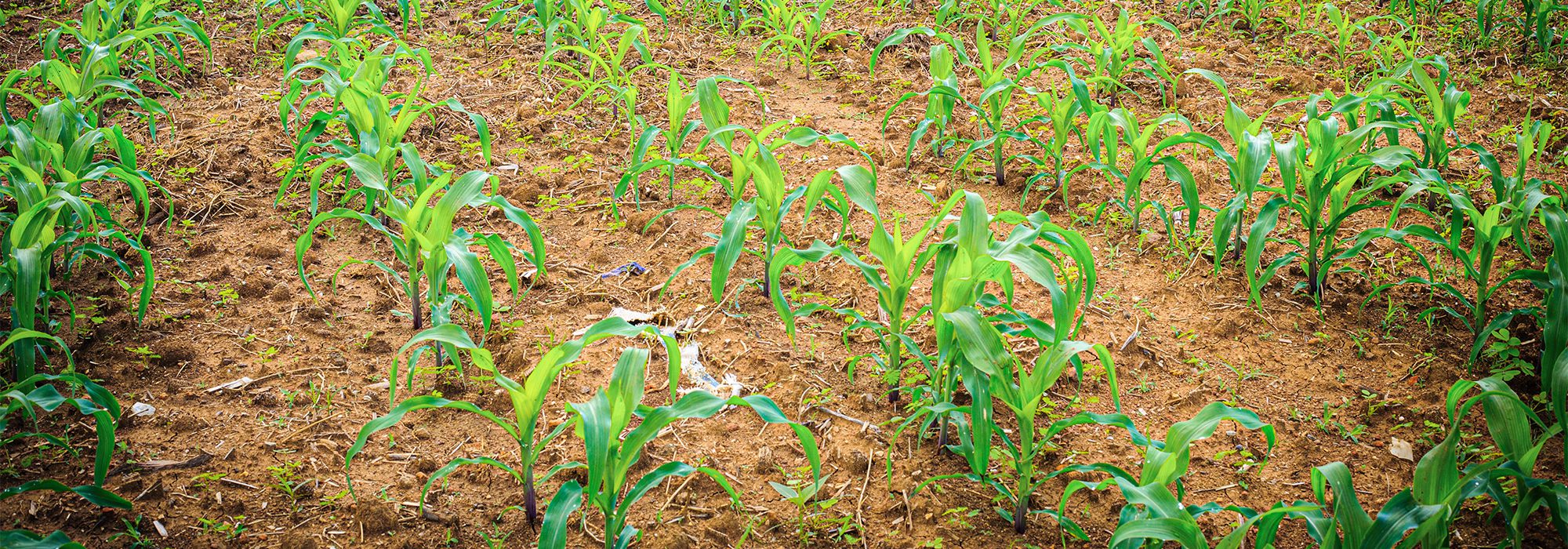So, you planted late. Now what?
Whether you planted late due to the weather or didn’t get your crops all in the ground at all this spring, you’re likely going to face some unique weed control and spraying challenges as your crops race toward maturation and the highest potential yield.
If you were able to get your crop planted — or most of them — some acres were likely not sown during the optimal planting window. If that was the case, your weed control strategies may need to change as your crops mature, according to University of Nebraska Extension Weed Management Educator Chris Procter.
When using any herbicide containing atrazine, for example, you can only apply that product when the corn is 12 inches tall or shorter. Applying later than that could mean significant crop damage. Glyphosate can be applied to corn up to 30 inches tall. Post-emergence herbicide applications like these are effective. But they require different management than those earlier in the season, a timeframe that may have closed before many late-planting farmers were able to get into the field to spray, thus causing spraying challenges.
“Even the best weed management plans sometimes fail due to circumstances outside our control. Weeds like marestail, waterhemp and Palmer amaranth can be particularly difficult to control mid-season. For each of these weeds, an aggressive strategy to manage escaped weeds is critical. If the area of escaped weeds is relatively small, a target herbicide application or hand rogueing is the best option to prevent the weeds from infesting a much larger area the following year,” Procter said in a university report. “Extra effort in year one when the problem is relatively small will save a lot of time and money in subsequent years.”
In addition to managing weed escapes later on in the growing season, each product’s residual effect must be accounted for as it relates to both your neighbor and your specific crop rotation, and the possibility you could be causing problems for next year.
“When making postemergence herbicide applications, crop safety is an important consideration as is the potential for off-target injury to a neighboring field,” Procter said. “When making in-season applications, consider crop rotation restrictions as fall cover crops or spring rotational crops may be affected, depending on the herbicide selected.”
Late to the field? Fine-tune your herbicide applications with our experts tips.
Didn’t get to plant at all?
What if you had to file Prevented Planting (PP) claims with the U.S. Department of Agriculture Risk Management Agency (USDA-RMA)? You may not have a crop in the ground in some of your fields, but that doesn’t mean you can forget about weed control this year. Winter or summer annuals allowed to produce seeds will only complicate weed control next year if left untreated, leading to even more spraying challenges, according to University of Illinois Extension Plant Protection and Weed Science Specialist Aaron Hager.
“Any weed seed produced in 2019 will add to future weed control costs. The old weed science adage ‘One year’s seedling equals seven years weeding’ reinforces the need to adequately manage weeds on prevented planting acres,” Hager said in a university report. “Many species of winter annual weeds already have flowered and soon will produce seed. Additionally, many summer annual weed species have emerged and are growing rapidly. We suggest the focus of weed management on prevented planting acres should be on summer annual weed species. Several options exist that could be used singly or in combination to keep weeds under control.”
There are a number of options for knocking down weeds in a field where you’ve filed a PP claim. Tillage and mowing are historically popular options but less effective when soils are wet, or weeds are larger. Cover crops can help limit the growth of any summer annual weeds but require tillage or an early herbicide application prior to planting.



